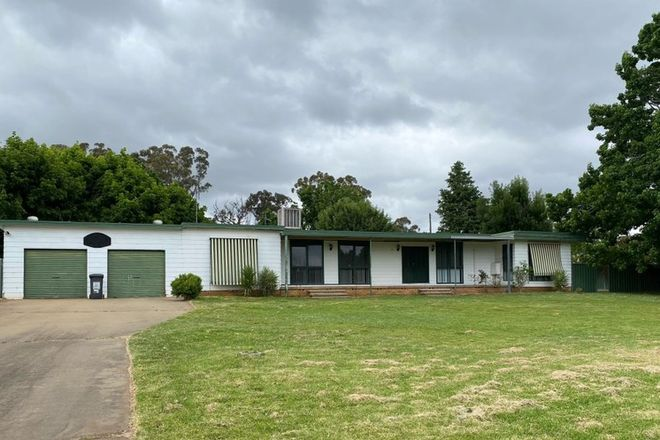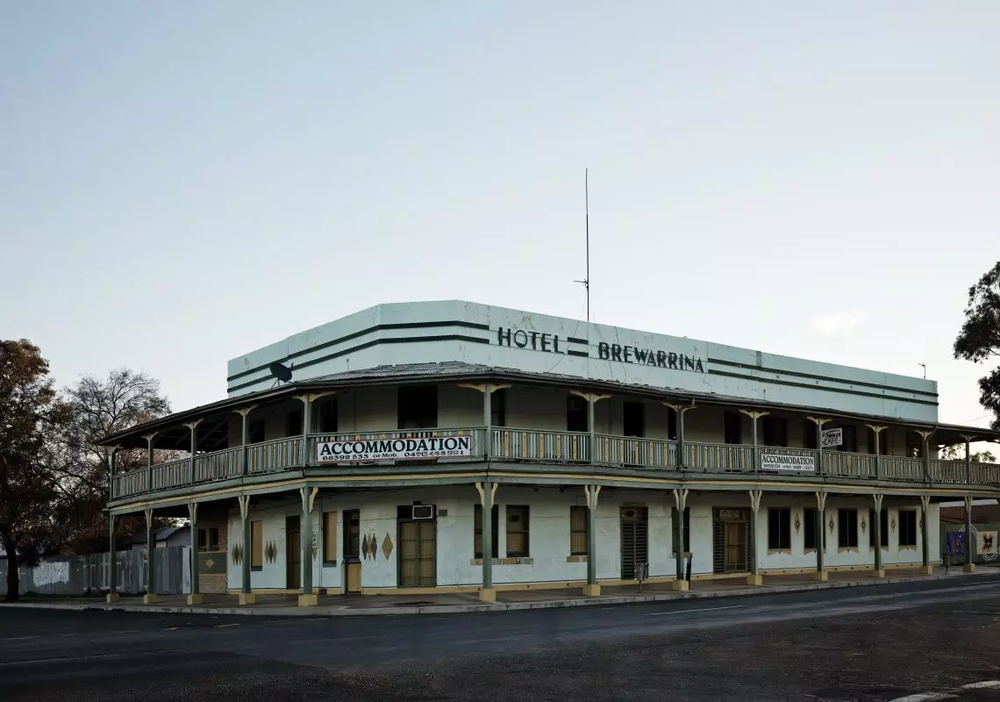Government housing scheme extended as regional NSW house prices slow
Luke Williams
28 December 2022, 8:41 PM
 Buying a home in the bush is still not as easy as it once was
Buying a home in the bush is still not as easy as it once wasA new report out this week says regional house price growth has slowed dramatically, some are wondering if this means prices will soon drop – that would be bad news for some, and be warmly welcomed by others.
Toni Landers was 21 when she bought her first house with her husband, she lost it soon after and 20 years later it sits uncomfortably with her that hasn't owned one since.
“I bought that house with my first husband. He was violent to me. I ended the relationship but it meant I lost that house,” said Landers, who works full-time as a child care worker in Coonabarabran. “Part of me thinks that I should really own four by now with all the full-time work I've done”.
As a previous home owner “It means I am no longer eligible for any first home buyers grants” she told the Western Plains App.
“House prices in and around here just keep going up and up, especially in the last few years. Cost of living has also increased so saving is more difficult".

A house that was recently on the market in Coonabarabran. Image: realestate.com.au
Home ownership data from the 2021 Census shows home ownership in Australia has been sliding for many decades as house prices increased.
Data from realestate.com.au suggests the price of a home in Coonabarabran has risen by 30% in the 12 month period ending in April, reflecting many parts of the region which have enjoyed highs off the back of the COVID pandemic.
The data also suggests houses in Gilgandra and Coonamble have risen by around a quarter in the same 12 month period. Nyngan has enjoyed small gains while Walgett and Bourke have also significant increases over the past two years until mid-way through this year.
All that looks set to change over the next year.
House price increases in our region appears to be part of the biggest regional Australian property price jump in 35 years during the COVID pandemic up until around April this year. Although prices have now slowed and it is possible they might start to drop off.
The cooling of the house market in capital cities has seen the national price average fall by 3.2% since November last year.
While the housing market outside of capital cities haven't quite caught a cold, The PropTrack Regional Australia Annual Report released on December 20 revealed regional property prices nationwide have steadied at 2.2% growth.
“Regional markets are likely to continue to exhibit a slower pace of price falls compared to capital cities. They remain buoyed by shifting lifestyle priorities, migration trends and affordability advantages that are still in play” concluded report author and senior economist at Proptrack Eleanor Creagh.

PropTrack's Eleanor Creagh. Image: Twitter.
“While it remains a relative bright spot in the current housing market, regional home prices are falling,” Creagh said. “Regional prices are expected to continue to decline amid monetary tightening and reduced net migration flows to regional areas.”
The big-four banks predict house prices to fall in capital cities by 15-20% by the end of 2023.
How much this will hit regional and rural Australia is unclear. Most predict house prices will either slow or decrease, nobody can say to what extent just yet. Either way, the shift will create winners and losers.
The dramatic shift in the housing market comes at the same time housing affordability has gained political traction.
Both political parties are releasing policies and money, as they walk a tight rope of trying to increase affordability while not causing existing houses price to fall – a task made more difficult by the increase in interest rates.
Last week the Federal Government said it was making housing affordability its priority at the beginning of 2023 and plans new funding and new laws. It has pledged 30,000 affordable homes, though it is not clear how many of those will be publicly owned dwellings.
But one policy that may help someone like Toni Landers comes from the NSW state government.
It says it is has a plan for housing to "drive the supply of affordable, diverse, and resilient housing options for our communities".
Under its $780.4 million shared equity scheme the state government will contribute a proportion of the purchase price of a property for eligible people seeking to own their first home.
Premier Dominic Perrottet has said “The shared equity scheme will allow up to 6,000 eligible key workers and low-income households to own their own homes with a minimum 2 per cent deposit, but without the burden of lenders mortgage insurance and no interest on the Government’s equity share in a property.”
The contribution is a percentage of the purchase price and the Government will pay up to 40% of the purchase of new home and up to 30% for an existing home.
Previously only single parents, single people nurses, midwives, teacher and police officers were eligible.
Just before Christmas the NSW Government announced paramedics and early childhood workers can also apply.

Data taken from the regional property boom, which now appears to be over. Image: Realestate.com.au
Cathryn Callaghan, Senior Policy Officer with Shelter NSW told the Western Plains App that their organisation supported the introduction of shared equity schemes.
"These schemes don’t appear to drive up inflation and many have a good track record like the one in Western Australia which has been run for over 20 years" Callaghan said.
"As you can see from the Government’s overview of the scheme it is also targeted at over 50s. Entering retirement as a renter is unreasonably risky – financially and in terms of security. We supporting the targeting of this cohort. Over 50s are really finding themselves in a difficult positions – especially women with on-average lower super balances or savings".
The only criticism she said was that it is limited to just 6,000 people.
Toni Landers said she thinks the shared equity scheme is good idea.
She re-married and still aspires to home ownership.
If Landers wanted to go further afield Realestate.com.au data also shows many of the town’s more remote regions are exceptionally cheap.
There is a median price of between $80,000 and $100,000 in Brewarrina and Lighting Ridge – where prices seem to have already dropped in the last year.

Image: Destination NSW.
The average house price in Cobar has remained steady over the past five years at around $180,000.
Lighting Ridge, Gulargambone, Lake Cargelligo and Bourke have all made the list of Cheapest Streets in NSW released last week with median house prices in specific streets listed from $59,900 to around $75,000, earning them a place in the fifteen most affordable streets in the state.
But Landers loves her job in Coonabarabran.
"I just absolutely love kids," Landers said.
"In fact If we don’t have enough things for them at work. I actually buy it out of my pocket. Just a few weeks back I bought them water guns and water bombs. I know I should be saving for a house, but I don’t want the kids to miss out either."




